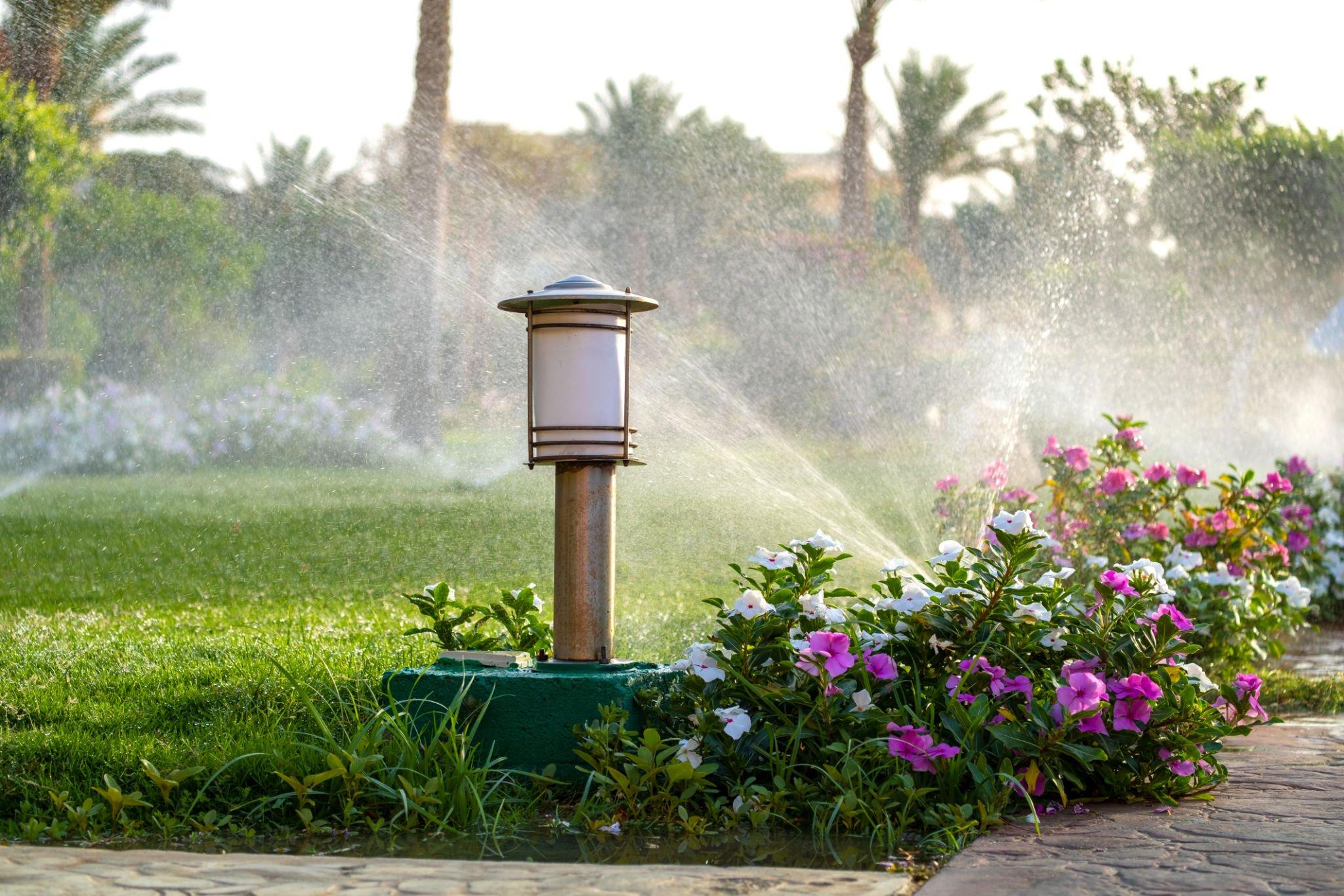Setting proper watering schedules for your sprinkler system is crucial for maintaining a healthy and vibrant landscape. In this guide, brought to you by Best Sprinkler System, we will walk you through the process of setting up effective watering schedules that ensure optimal hydration for your plants and minimize water waste. From determining the right frequency to adjusting run times, our step-by-step instructions will help you achieve a well-balanced irrigation routine that promotes the longevity and beauty of your outdoor spaces.
How to Set Watering Schedules for Sprinkler Systems
Maintaining a lush and healthy garden or landscape requires proper watering, and one of the key elements of an efficient irrigation system is setting the right watering schedules for your sprinklers. By tailoring your watering schedules to the specific needs of your plants and the local climate, you can ensure they receive adequate moisture without wasting water. In this comprehensive guide, we will walk you through the process of setting up watering schedules for your sprinkler system, covering everything from determining watering frequency to adjusting run times. Get ready to optimize your irrigation and promote the vitality of your outdoor spaces.

Assessing Plant Watering Needs:
The first step in setting up watering schedules is to understand the water requirements of your plants. Different plants have varying water needs, depending on factors such as their species, maturity, and environmental conditions. Take the time to research and group your plants based on their water requirements, as this will help you create more efficient watering schedules.
Understanding Local Climate and Soil Conditions:
Your local climate and soil conditions play a significant role in determining the watering needs of your plants. Consider factors such as rainfall patterns, temperature fluctuations, and soil type. This information will guide you in determining the appropriate watering frequency and duration for your sprinkler system.
Selecting the Right Sprinkler Heads and Zones:
Choosing the right sprinkler heads and organizing your landscape into zones is essential for efficient watering. Different areas of your garden may have varying water requirements, so dividing your sprinkler system into zones allows you to customize the watering schedules for each area. Additionally, selecting the appropriate sprinkler heads, such as rotary or spray heads, ensures proper coverage and uniform water distribution.
Setting Watering Frequency:
Determining how often to water your plants is crucial for maintaining healthy growth and avoiding water stress. Factors like plant type, weather conditions, and soil moisture retention capacity influence the watering frequency. As a general guideline, it’s better to water deeply and infrequently rather than shallowly and frequently. This encourages deep root growth and reduces the risk of water runoff.
Adjusting Run Times:
The run time refers to the duration for which your sprinkler system operates in each zone. To determine the optimal run time, consider the precipitation rate of your sprinklers, the water needs of your plants, and the soil’s ability to absorb water. Aim for a slow and steady application of water that allows it to penetrate the root zone without causing excessive runoff.
Implementing Smart Irrigation Technology:
Smart irrigation controllers and sensors can greatly enhance the efficiency of your watering schedules. These devices use weather data and soil moisture sensors to adjust watering times and amounts automatically, ensuring that your plants receive the right amount of water at the right time. Consider investing in these technologies to optimize your irrigation system’s performance and conserve water.
Monitoring and Adjusting:
Once you have set up your watering schedules, it’s important to monitor the performance of your sprinkler system regularly. Observe your plants’ health, check for signs of overwatering or underwatering, and make adjustments as needed. Remember that watering needs can change over time, so periodic evaluation and fine-tuning of your schedules are necessary for optimal results.
Final Thought
Setting effective watering schedules for your sprinkler system is a vital aspect of maintaining a thriving garden or landscape. By understanding your plants’ water requirements, considering local climate and soil conditions, and utilizing the right sprinkler heads and smart irrigation technology, you can create efficient watering schedules that promote healthy growth while conserving water. Regular monitoring and adjustments will ensure that your irrigation system continues to meet the changing needs of your plants and provides them with the optimal conditions for long-term vitality. Enjoy the benefits of a well-maintained landscape with properly set watering schedules for your sprinkler system.
